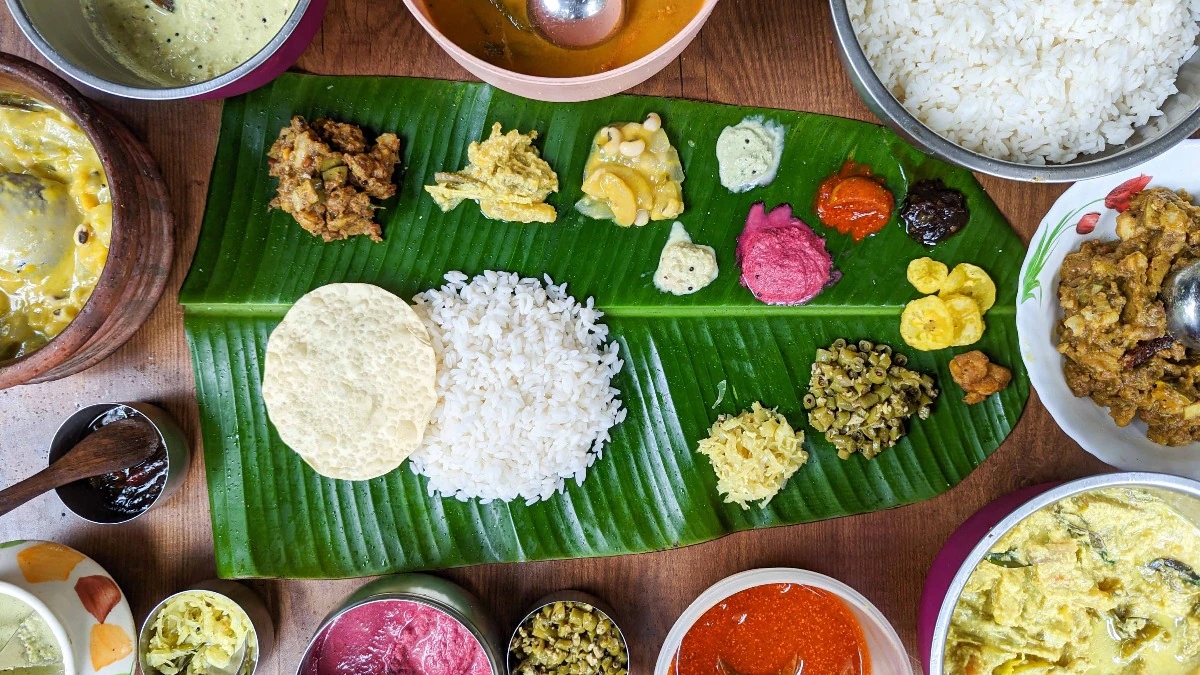Food is more than just sustenance; it is a reflection of culture, geography, climate, and tradition. Across the world, people’s dietary habits vary widely based on their environment, historical influences, and social practices. Understanding regional food habits provides a fascinating insight into the diversity and richness of human life.
Asia: Rice, Spices, and Noodles
In Asia, rice is the staple food for billions of people. Countries like China, India, Japan, and Thailand rely heavily on rice as a primary source of calories. Asian cuisine is also known for its extensive use of spices and herbs, such as turmeric, ginger, garlic, and chili, which enhance flavor and provide health benefits. Noodles, soy products, and fermented foods are common in East Asian diets, while South Asian diets often include lentils, legumes, and dairy products like yogurt and ghee. Street food culture is also prominent, offering quick, flavorful meals to busy urban populations.
Europe: Bread, Dairy, and Meat
European food habits are shaped by agriculture and climate. Bread, dairy, and meat form the backbone of many European diets. For instance, Mediterranean countries like Italy, Spain, and Greece consume abundant olive oil, fresh vegetables, and seafood, whereas Northern European countries such as Germany, Sweden, and Denmark focus on potatoes, cereals, and hearty meat dishes. Cheese and wine are integral parts of daily meals in many regions, reflecting both tradition and local production methods.

Africa: Grains, Vegetables, and Stews
In Africa, staple foods vary with climate. In West Africa, people commonly eat cassava, yams, and millet, often served with spicy stews. East African diets include maize, beans, and rice, accompanied by meat or vegetable sauces. North African cuisine, influenced by Arab and Mediterranean traditions, features couscous, olives, and spices like saffron and cumin. African food habits often involve communal eating and slow-cooked dishes that reflect local customs and agricultural practices.
Americas: Corn, Beans, and Fast Food
In the Americas, dietary patterns are diverse. Indigenous foods like corn, beans, and potatoes remain central in many regions. North America is known for its fast-food culture, emphasizing convenience and processed foods, while Latin American countries feature fresh fruits, beans, rice, and grilled meats. Festivals and regional traditions strongly influence meals, with street food and local specialties highlighting cultural identity.
Regional food habits across the world are shaped by geography, climate, culture, and history. While globalization has introduced new cuisines to every corner of the globe, traditional food practices continue to thrive, reflecting the unique identity of communities. Food remains a powerful lens through which we can understand people, culture, and lifestyle around the world.
State Wise Food Culture in India
Worldwide Famous Spices of India
![]()





